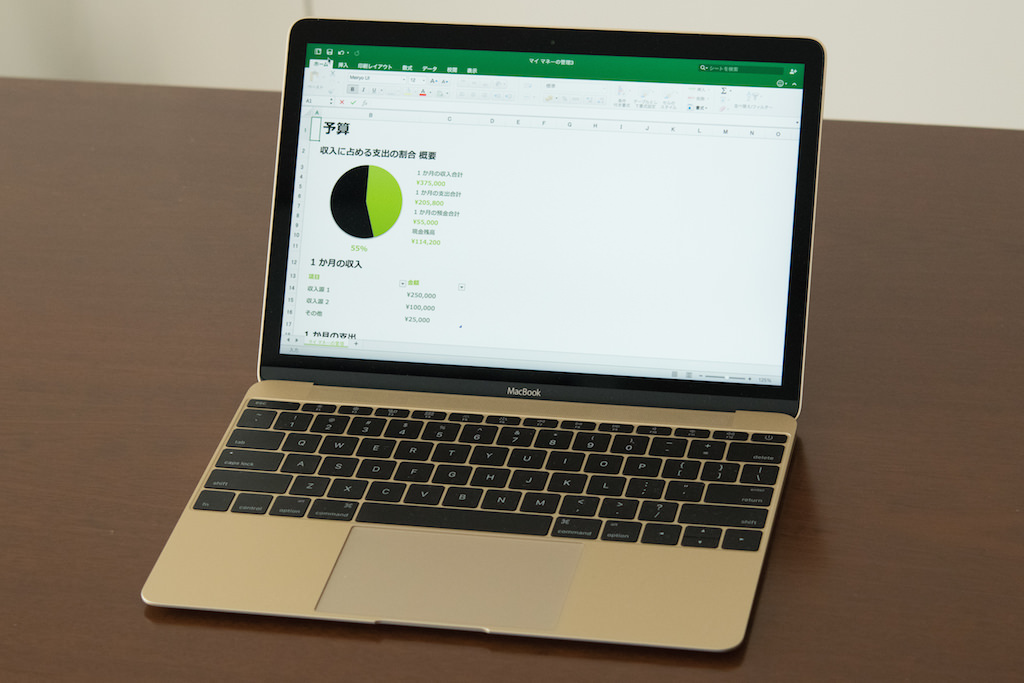

To see what the buttons look like, select the OutlookAddIn node in Solution Explorer, change the Start Action to Office Desktop Client in the Properties window, so the add-in will launch in Outlook 2016, and then press F5:Īs you can see, our add-in can be launched by selecting the Display all properties button that now appears on our ribbon when we’re reading messages (the MessageRead surface defined in our manifest). In Visual Studio 2015, create a new Outlook Add-in with Commands project through File > New Project and selecting Templates > Office/SharePoint > Outlook Add-in with Commands: We’ll step through an example to create an add-in that inserts custom text when writing emails.

It would be very handy-and save a lot of time-to have a button in Outlook to insert this kind of common text.

When reporting issues, customer support workers typically need to ask for more details and give instructions on how to find versions, serial numbers, etc. Now let’s walk through a scenario to create an add-in that inserts custom text when writing emails. You declare commands in the manifest with a node called VersionOverrides that is be ignored by older versions of Office, thus ensuring backwards compatibility with all your users. Add-in commands let you add a button on the Outlook ribbon to launch the add-in, display a menu, or execute a custom JavaScript function, providing a seamless Office experience for your users. In our Preview, we’ve added a new project type called Outlook Add-in with Commands to show off the new features in Office Add-ins.


 0 kommentar(er)
0 kommentar(er)
